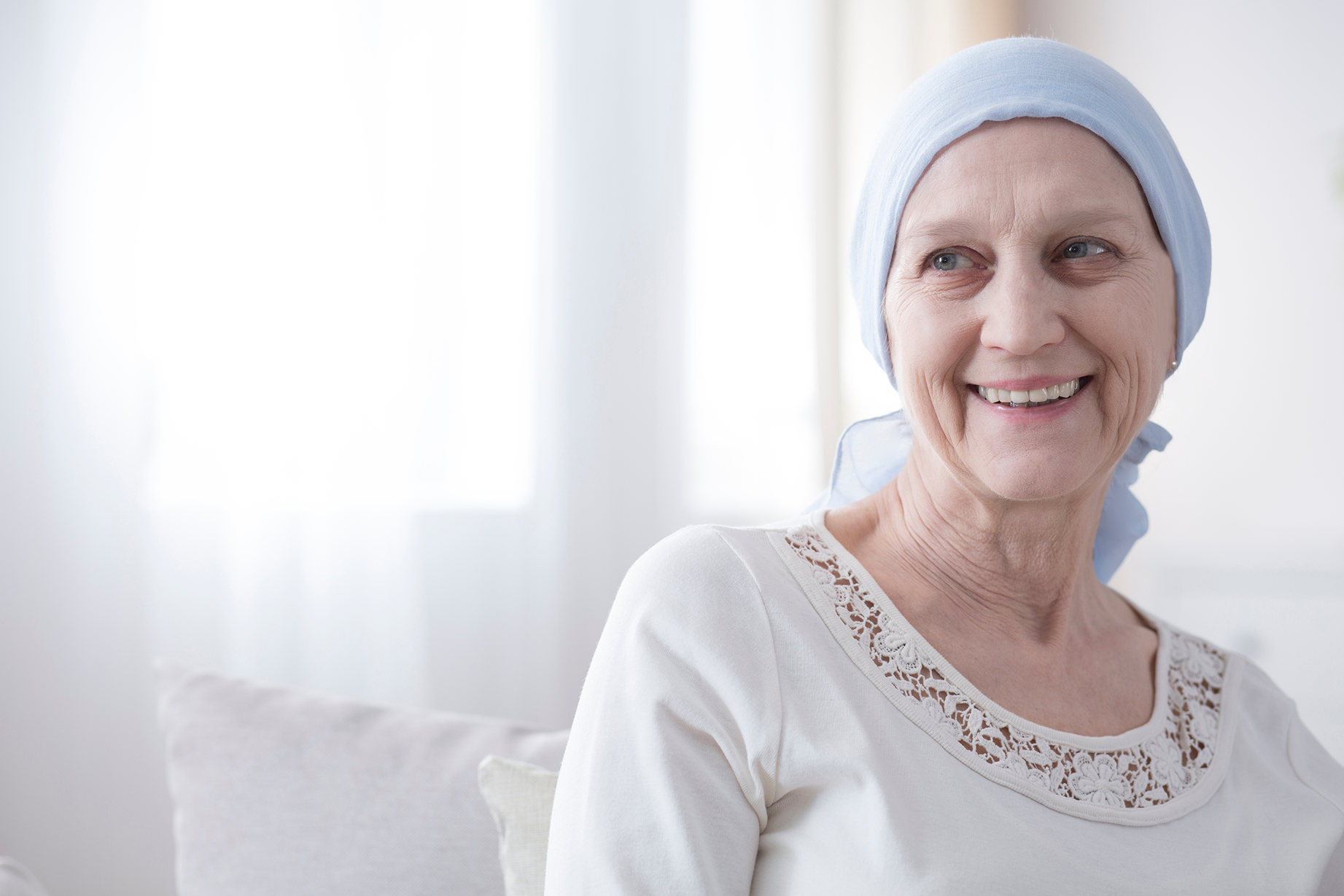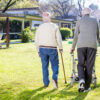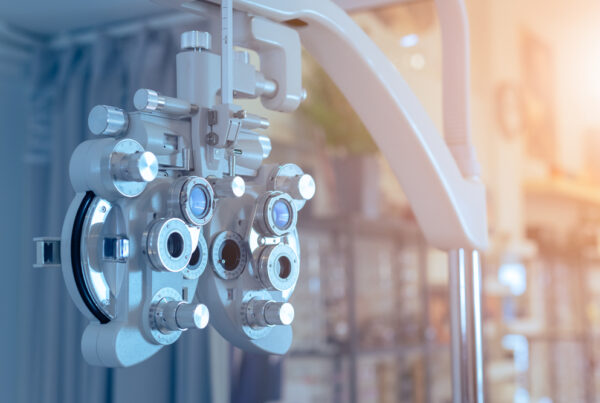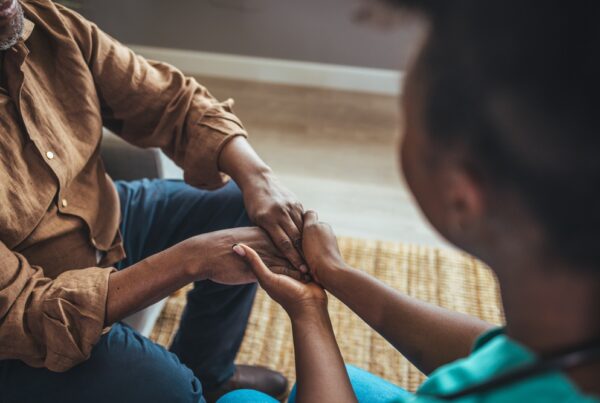In preparation of World Cancer Day, we look into the current state of cancer research and what activists are doing to make needed change within the sector.
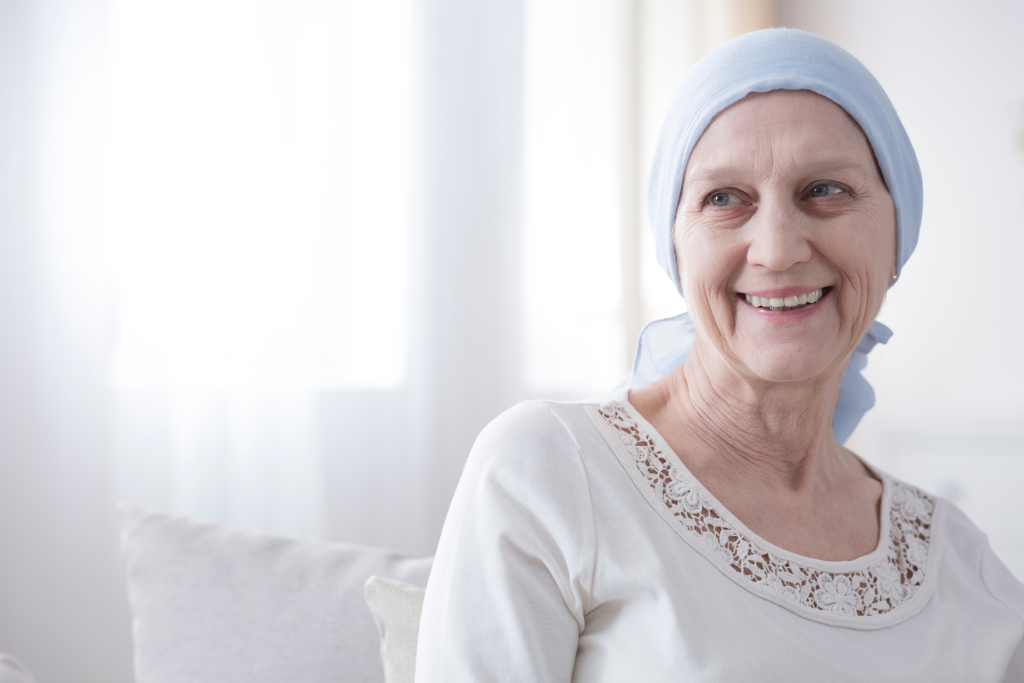
Key cancer facts:
– Cancer is the second-leading cause of death worldwide.
– 10 million people die from cancer every year.
– More than 40% of cancer-related death could be preventable as they are linked to modifiable risk factors such as smoking, alcohol use, poor diet and physical inactivity.
– Almost at least one third of all deaths related to cancer could be prevented through routine screening, and early detection and treatment.
– 70% of cancer deaths occur in low-to-middle income countries.
– Millions of lives could be saved each year by implementing resource appropriate strategies for prevention, early detection and treatment.
– The total annual economic cost of cancer is estimated at US$1.16 trillion.
Established on the 4 February 2000 at the World Summit Against Cancer for the New Millennium, World Cancer Day is a global initiative that aims to promote research, prevent cancer, improve patient services, raise awareness and mobilise the global community to make progress in cancer care.
Each year, hundreds of activities and events take place around the world, gathering communities, organisations and individuals in schools, businesses, hospitals, marketplaces, parks, community halls, in the streets and online.
By raising worldwide awareness, improving education and catalysing personal, collective and government action, supporters of World Cancer Day are working together to reimagine a world where everyone enjoys access to the cancer prevention, treatment and care that they need.
Patients have long shared their feelings of disempowerment within our current health system. The adoption of a patient-centric and technology-driven navigation model could help address the multitude of unmet needs Australians with cancer face, including inequitable access. Our focus and investments should really be aimed at a singular solution that has potential to meet the needs of all Australians now and in the future.
2022-2024 Theme: Close the care gap
The current three-year campaign for World Cancer Day is about addressing the barriers that prevent people around the world from accessing the cancer care they need.
The first year (2022) of the ‘Close the Care Gap’ campaign was all about understanding and recognising the inequities in cancer care around the globe and their impact on public health:
- Inequity in cancer care costs lives.
- People who seek cancer care hit barriers at every turn.
- Income, education, geographical location, disability, and discrimination and assumptions based on ethnicity, gender, sexual orientation, age, disability and lifestyle, are just a few of the factors that can negatively affect care.
- The gap affects everyone.
- The barriers, known as the “social determinants of health” can be changed.
This year (2023), activities are focussed on uniting the voices of friends, family, co-workers and communities in calling for change and taking action. It is also about celebrating real-world progress, not just in innovation and medical advances but even the humblest of actions that can have a significant impact: motivating neighbours to provide transport to cancer treatment for a fellow resident or ensuring that healthy and affordable food options are offered at the local school.
The third year of the campaign (2024) will be about bringing attention to a higher level and challenging those in power and making sure that political leaders understand the public demand to prioritise cancer, create innovative strategies designed to confront inequity and invest resources to achieve a just and cancer-free world. Leaders will be asked to eliminate health inequities by addressing their root causes, ensuring that everyone has access to quality health services when and where they need them.
Cancer is the second leading cause of death globally and the burden continues to grow globally, exerting tremendous physical, emotional and financial strain on individuals, families, communities and health systems.
In countries where health systems are strong, survival rates of many types of cancers are improving thanks to accessible early detection, quality treatment and survivorship care, but many health systems in low- and middle-income countries are less prepared to manage this burden, and large numbers of cancer patients globally do not have access to timely quality diagnosis and treatment.

What to know about cancer
Cancer is a broad term, and according to the National Cancer Institute, there are over 100 types. Generally, however, it describes the disease that results when cellular changes cause the uncontrolled growth and division of cells – a cell receives instructions to die so that the body can replace it with a newer cell that functions better.
Cancerous cells lack the components that instruct them to stop dividing and to die, and as a result, they build up in the body, using oxygen and nutrients that would usually nourish other cells. Cancerous cells can form tumours, impair the immune system and cause other changes that prevent the body from functioning regularly.
While genetic factors can contribute to the development of cancer, there are many causes some of which are preventable. For example, according to data reported in 2014, over 480,000 people die in the U.S. each year from smoking cigarettes. Other risk factors for cancer include heavy alcohol consumption, excess body weight, physical inactivity and poor nutrition. Reducing exposures to other carcinogens such as environmental pollution, occupational carcinogens and radiation could help prevent further cancers.
It is important to note that whatever the cause, income and education levels, national policies, industry tactics with vested commercial interests and genetics, are all factors that can make it very difficult to act on a modifiable factor and change behaviour at the individual level.
Regrettably, the most significant unpreventable risk factor is age. According to Cancer Australia, doctors diagnose 87 per cent of cancer cases in people ages 50 years or older.
Outlook
When a person has cancer, the outlook is largely dependent on its type, severity, and location, and whether it has spread. There are several cancers that, if identified early, helps to improve the chance of successful treatment outcomes, often at lower costs and with fewer (or less significant) side effects for patients.
Improvements in cancer detection, increased awareness of the risks of smoking, and a drop in tobacco use have all contributed to a year-on-year decrease in the number of cancer diagnoses and deaths. According to Cancer Australia, the overall cancer death rate declined by 26 per cent between 1991 and 2015.
Survivorship
Australians experience among the highest cancer survival rates in the world, and improvements in diagnostic methods, earlier detection and advances in treatment are contributing to more Australians surviving cancer than ever before.
Cancer survivorship focuses on health and the physical, psychological, social and economic issues affecting people after the end of the primary treatment for cancer, including people who have no disease after finishing treatment, people who continue to receive treatment to reduce the risk of the cancer coming back and people with well controlled disease and few symptoms, who receive treatment to manage cancer as a chronic disease.
Survivorship care also includes issues related to follow-up care, the management of late side-effects of treatment, the improvement of quality of life and psychological and emotional health.
The national collection and reporting of key cancer data, including consumer experience enriches the evidence base and informs improvements to enhance the care and outcomes of people affected by cancer, as well as influences health service improvements and investment in research.

